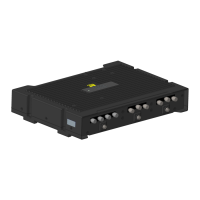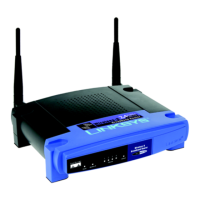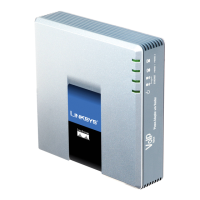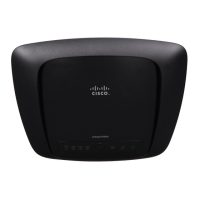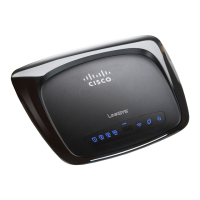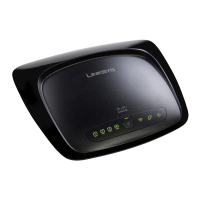33-35
Catalyst 3750 Switch Software Configuration Guide
OL-8550-02
Chapter 33 Configuring QoS
Configuring Standard QoS
General QoS Guidelines
These are general QoS guidelines:
• Control traffic (such as spanning-tree bridge protocol data units [BPDUs] and routing update
packets) received by the switch are subject to all ingress QoS processing.
• You are likely to lose data when you change queue settings; therefore, try to make changes when
traffic is at a minimum.
Beginning with Cisco IOS Release 12.2(35)SE, a switch that is running the IP services image supports
QoS DSCP and IP precedence matching in policy-based routing (PBR) route maps with these
limitations:
• You cannot apply QoS DSCP mutation maps and PBR route maps to the same interface.
• You cannot configure DSCP transparency and PBR DSCP route maps on the same switch.
Enabling QoS Globally
By default, QoS is disabled on the switch.
Beginning in privileged EXEC mode, follow these steps to enable QoS. This procedure is required.
To disable QoS, use the no mls qos global configuration command.
Enabling VLAN-Based QoS on Physical Ports
By default, VLAN-based QoS is disabled on all physical switch ports. The switch applies QoS, including
class maps and policy maps, only on a physical-port basis. In Cisco IOS Release 12.2(25)SE or later,
yYou can enable VLAN-based QoS on a switch port.
Command Purpose
Step 1
configure terminal Enter global configuration mode.
Step 2
mls qos Enable QoS globally.
QoS runs with the default settings described in the “Default
Standard QoS Configuration” section on page 33-31, the
“Queueing and Scheduling on Ingress Queues” section on
page 33-15, and the “Queueing and Scheduling on Egress
Queues” section on page 33-17.
Step 3
end Return to privileged EXEC mode.
Step 4
show mls qos Verify your entries.
Step 5
copy running-config startup-config (Optional) Save your entries in the configuration file.
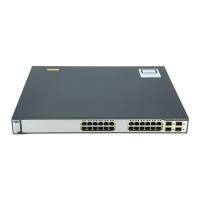
